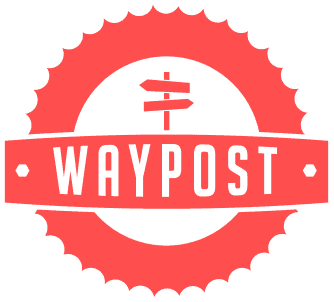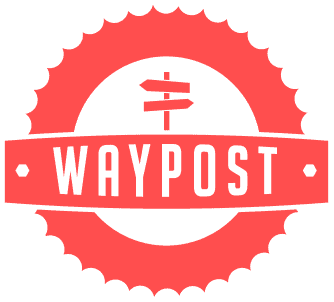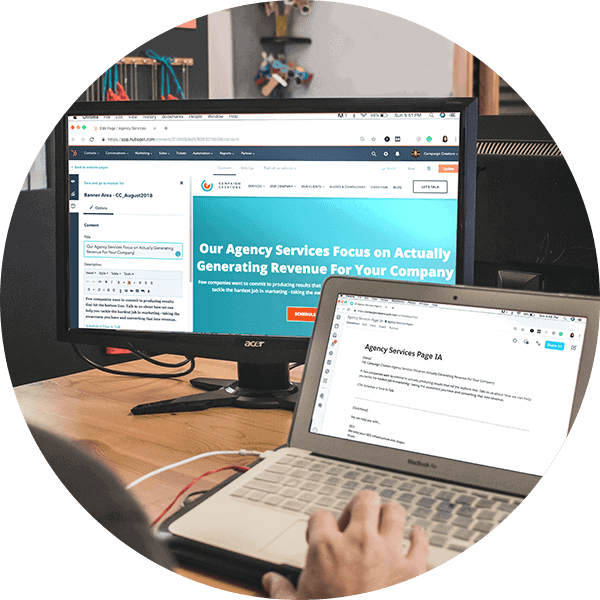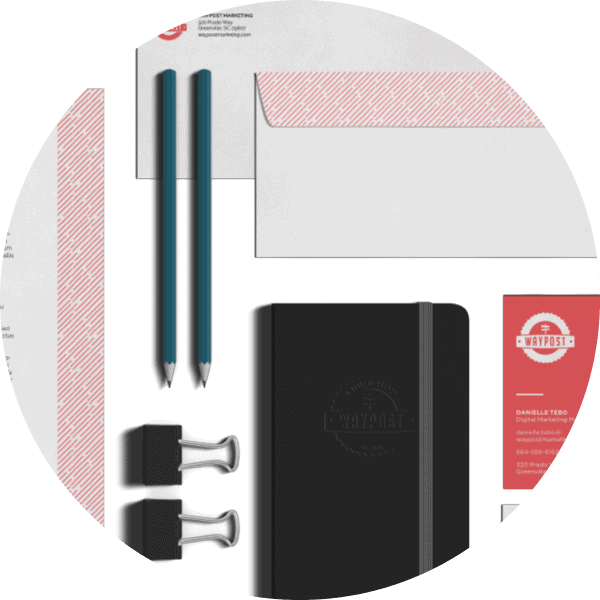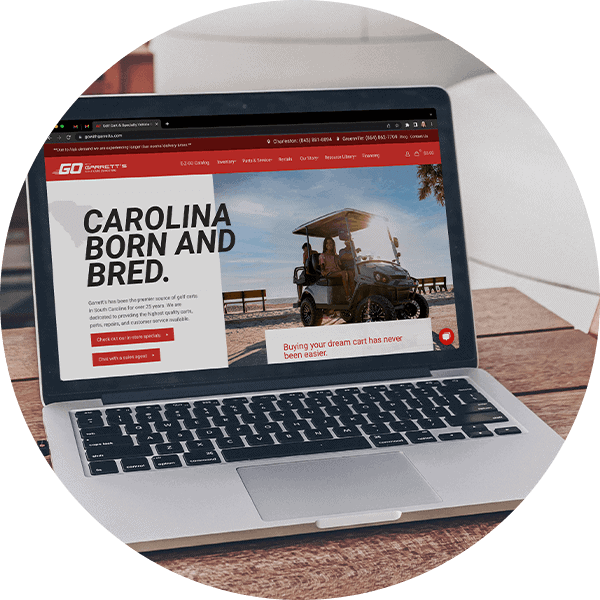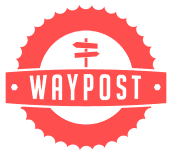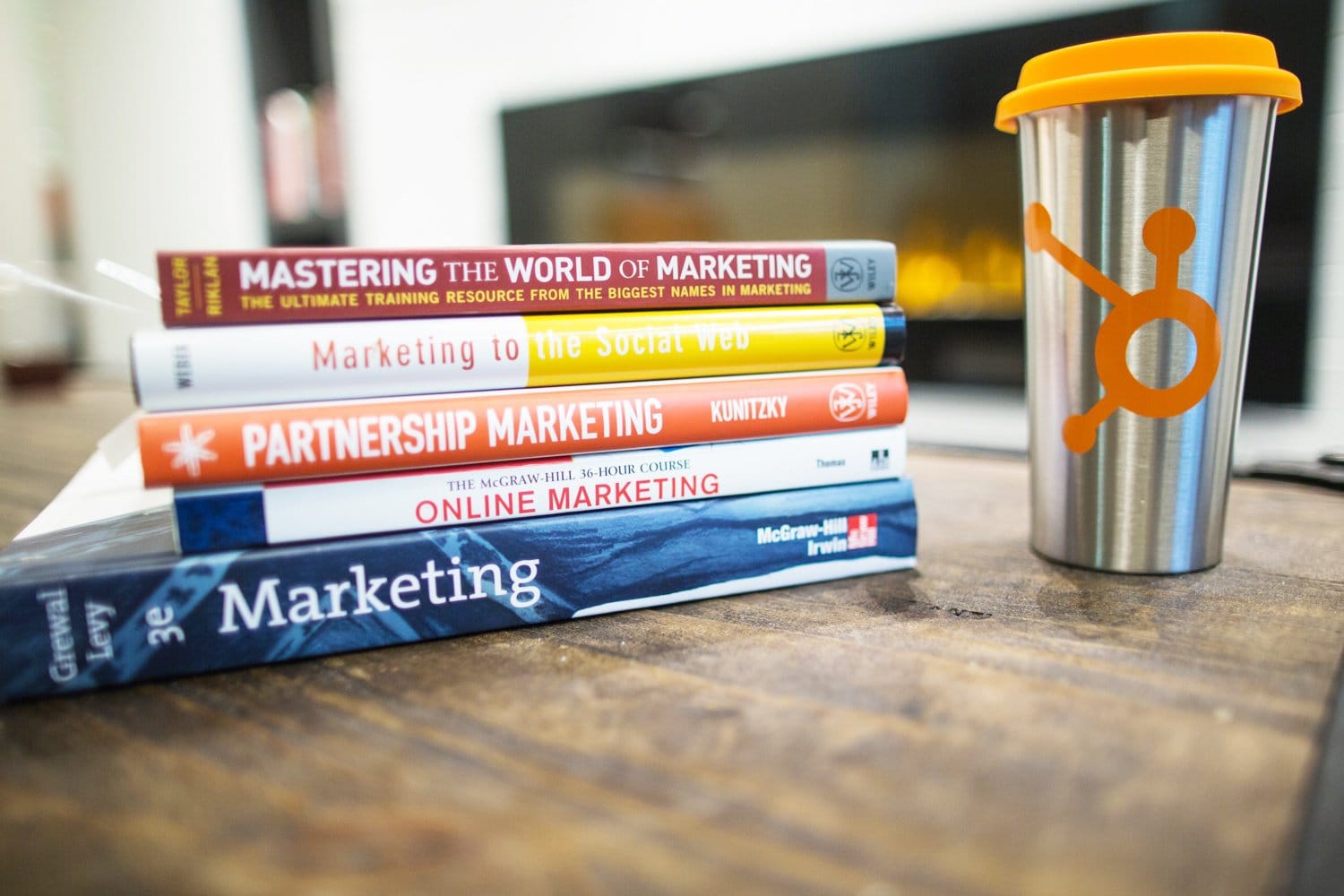
Why is Your HubSpot Content Failing You?
January 24, 2018
Crafting a Content Strategy That’s Smart
January 30, 2018
We talk a lot about content marketing, that is, creating content to nurture prospective buyers through their research process in order to educate them about their problem, the available solutions, and the best providers of those solutions.
We also talk about creating lots of different types of content to market on multiple platforms. This makes sense, right? Different people absorb information in different ways, so having a good mix of web copy, video, etc. is a good idea.
People also go looking for information in different places, so it’s only logical to create content suitable for LinkedIn, which needs to be different from content suitable for Twitter, which is different from Instagram, which is different from your company blog, which is different from your website home page, and so on.
That’s a lot of different types of content, so you may be wondering, “What’s so special about Premium Content? What makes it ‘premium’?”
What IS Premium Content?
Essentially, premium content refers to content that is longer, more in-depth, and likely more difficult to digest than your average blog post. This type of content is usually best for downloading and reading over a longer period of time, or for having available to refer back to throughout the research process.
Good examples of this include:
- Ebooks
- Whitepapers
- Case Studies
- Spec Sheets
- Product guides
- Comparison Guides
- Research papers
- Webinars
- Checklists
- Larger Infographics
- Etc.
When To Use Premium Content
You would want to use premium content when you’ve done a good job of giving your prospect some surface-level information, but you know they need something more in-depth in order to make a buying decision.
Because premium content has so much more information, it’s more valuable than the regular content you produce. This opens the door for you to leverage your premium content offers in order to build email lists. More about that in a moment.
A lot more strategy goes into planning for premium content, as you want to map your content to your Buyer’s Journey.
In the Awareness Stage, a good premium content offer might be an e-book about the problem you solve. Your e-book could be a collection of frequently asked questions — with their corresponding answers — to help a prospect understand the scope of the problem they’ve become aware that they have.
In the Consideration Stage, a webinar discussing all the different solutions available for this problem might be a good candidate. You want the user to have the information they need in order to choose the solution you offer.
In the Decision Stage, a case study illustrating how your company successfully solved a similar problem for a similar client is a great way to close the deal. Your prospect wants to feel confident that they will have a great experience working with you, and a case study with a client testimonial is a powerful method of communicating that confidence.
How To Use Premium Content
For a long time, HubSpot best practices dictated that premium content should be gated; i.e., it was sufficiently valuable that a lead should exchange some small value in order to obtain it, usually an email address. This was a great way of enticing someone to give you permission to continue marketing them, and it worked well for a long time.
Things have evolved since then though, as they often do. Now we want to make our premium content both gated and ungated.
Because premium content is so valuable to the user, it has a great deal of SEO value as well; therefore, you really do want it to be crawlable by Google’s bots. Make it freely accessible, and then you’re effectively killing 2 birds with 1 stone: Google can crawl it, and your casual browser — who isn’t willing to hand over their email address just yet — can still find some value in it (and maybe become a warmer lead for having read it).
If you have a lead who is further along in the buying journey, perhaps they want to save a copy of your content for more thorough reading later on. In this case, as them for an email address or some other small piece of information in exchange for a downloadable pdf copy of the content. The idea is that this lead is a bit warmer, and might benefit from some closer attention from your Sales team.
